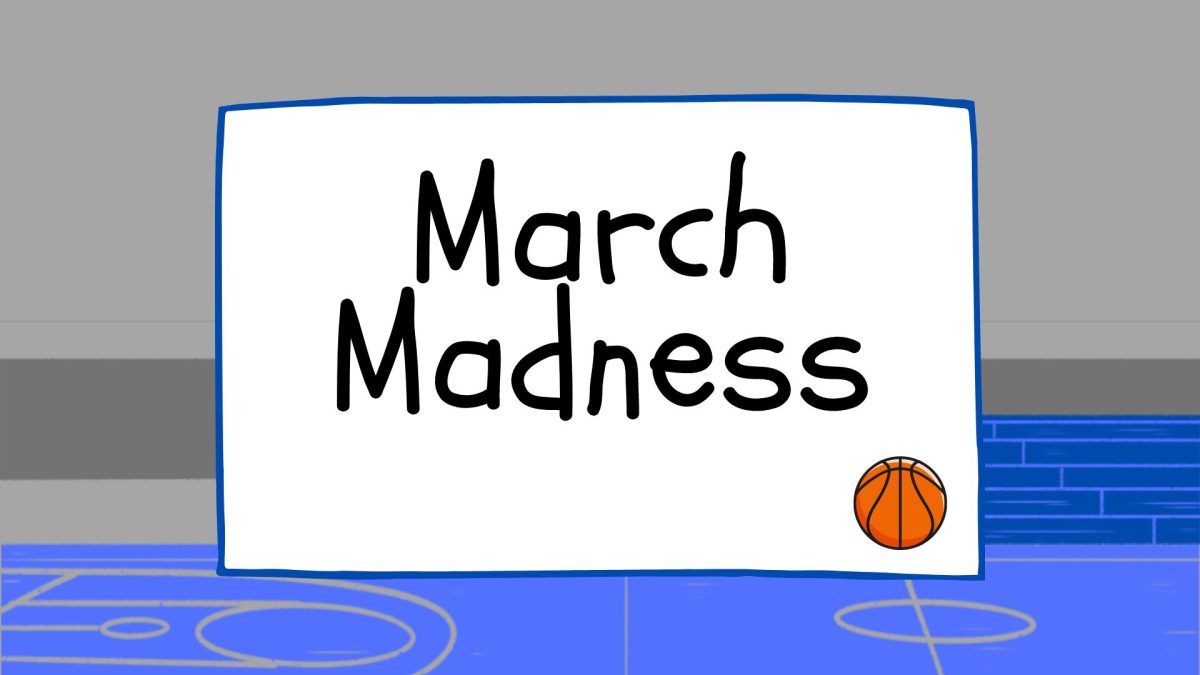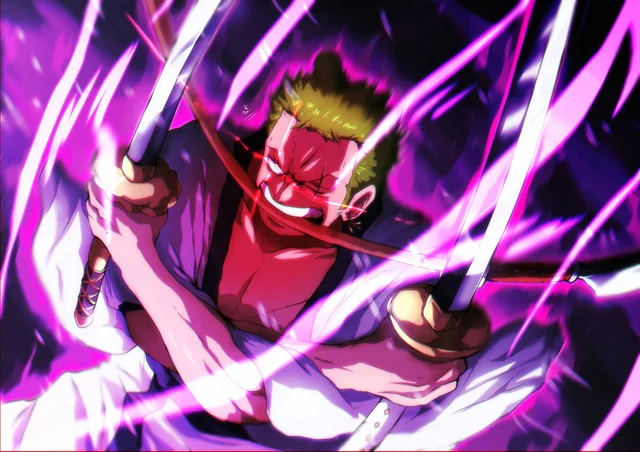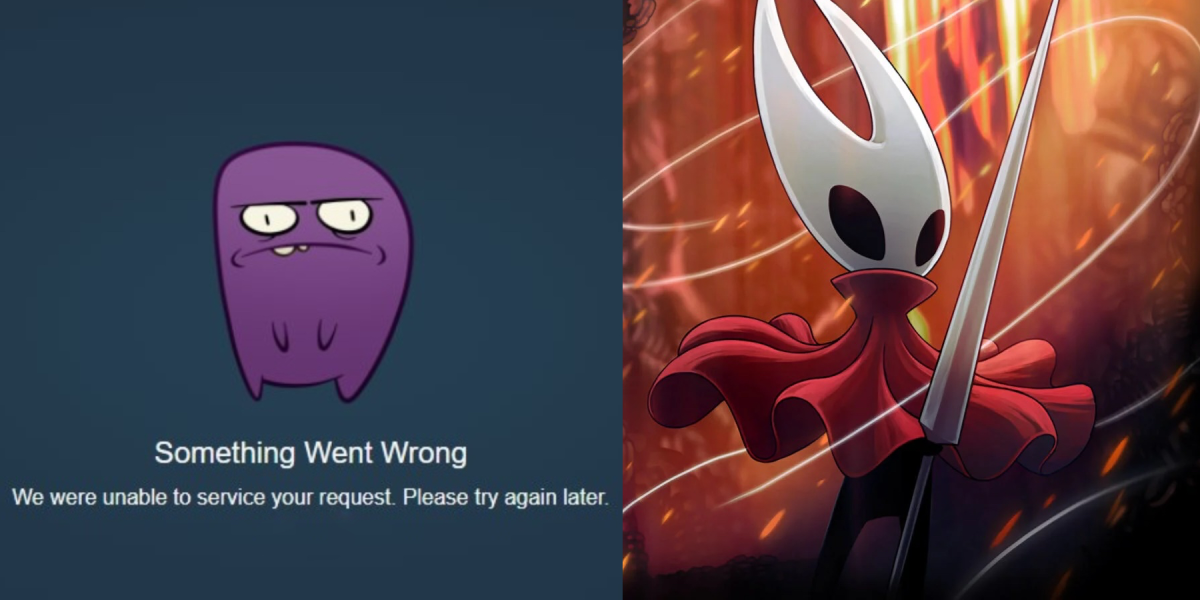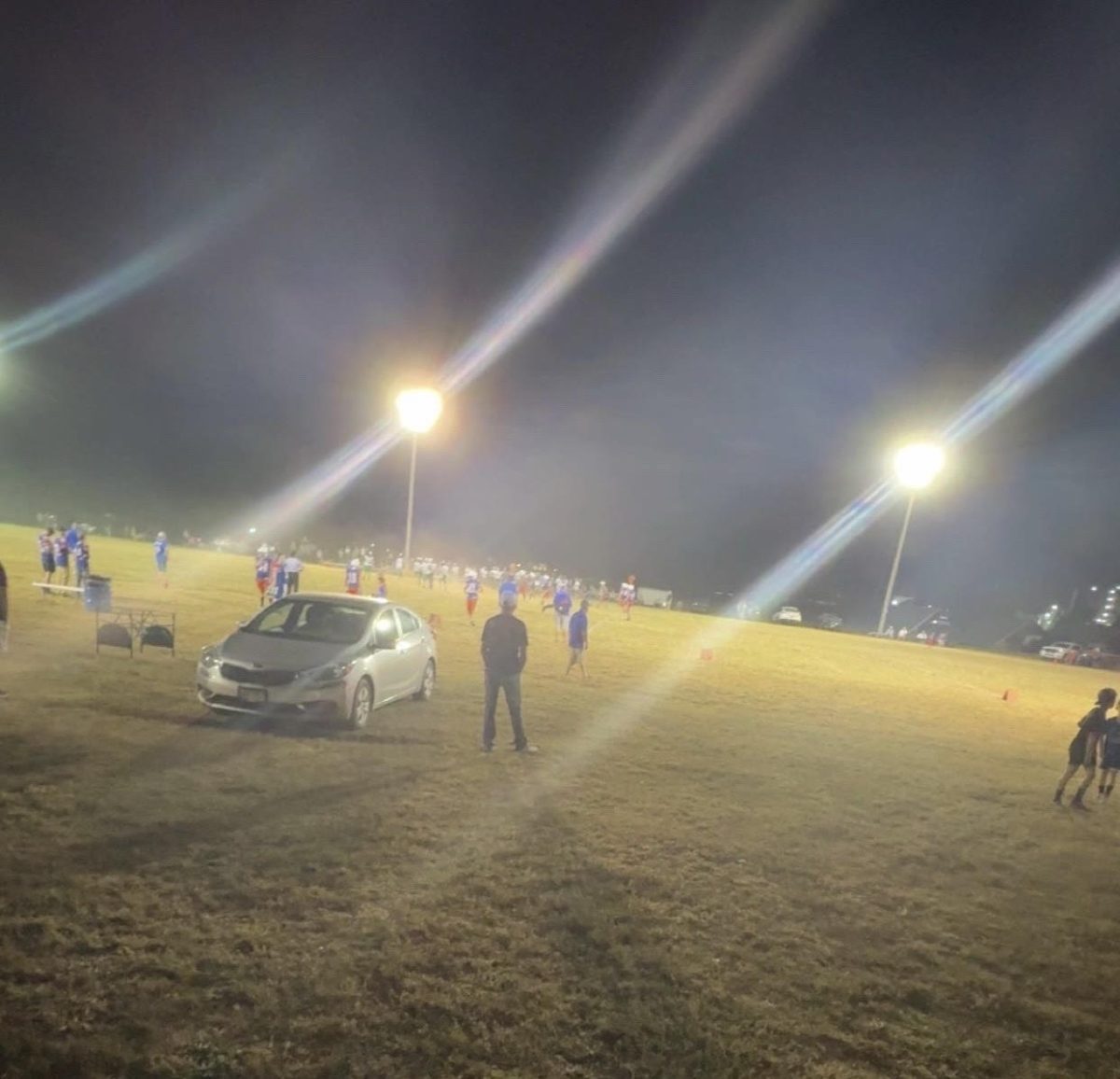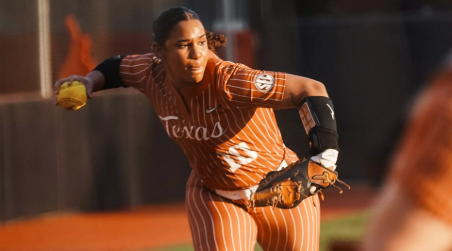March Madness is one of the biggest annual sporting events in the United States. In honor of the intense and entertaining tournament starting on March 19th, it seems appropriate to go over the history of March Madness.
1939
This was the year that the first ever NCAA Division 1 tournament was played. There were only 8 teams that competed in the tournament. The Oregon Ducks would defeat the Ohio State Buckeyes in the National Championship. 1939 was also the year that the term “March Madness” was used by Henry V. Porter, who was a high school official in Illinois. However, “March Madness” was not associated with the NCAA D1 tournament until several decades later.
1951 & 1975
In 1951 the bracket size expanded to 16 teams. It also marked the first major change to the NCAA D1 tournament. In 1975, the bracket would once again expand to 32 in order to accommodate more teams from the same conference.
1982 & 1985
This is the year that the term “March Madness” became associated with the NCAA D1 tournament. It was used by Brent Musberger when he was announcing for the coverage of the 1982 tournament. In 1985, the tournament was expanded to 64 teams, which meant that it eliminated all play-in games and byes.
2001 & 2011
In 2001 there was a play-in game added to the tournament that was played before the first round of games started. Then in 2011, there were 3 more play-in games that were added before the tournament. This would create what is now called the First Four. After these two expansions, the bracket included 68 teams that would have the chance to win the title.
2020
This is the only year in the history of March Madness that the tournament was cancelled. NCAA considered holding a shortened version of the tournament, but once the understood how bad the Covid-19 pandemic was, they just cancelled it all together.
2021
With Covid-19 still a concern, NCAA decided to hold March Madness solely in Indiana to help reduce travel and possibly contamination. It is also the only time in history that March Madness was held in one state. There were 4 extra teams that were on standby to replace any team that had to withdraw due to Covid protocols. However, the standby teams could only take the place of a team if they withdrew within 48 hours of the bracket being announced. There was only one game that was declared a no contest. This was the game against VCU and Oregon. VCU was unable to be replaced since they tested positive for Covid more than 2 days after the bracket was revealed. This was the last year that Covid-19 affected the tournament in any way.

